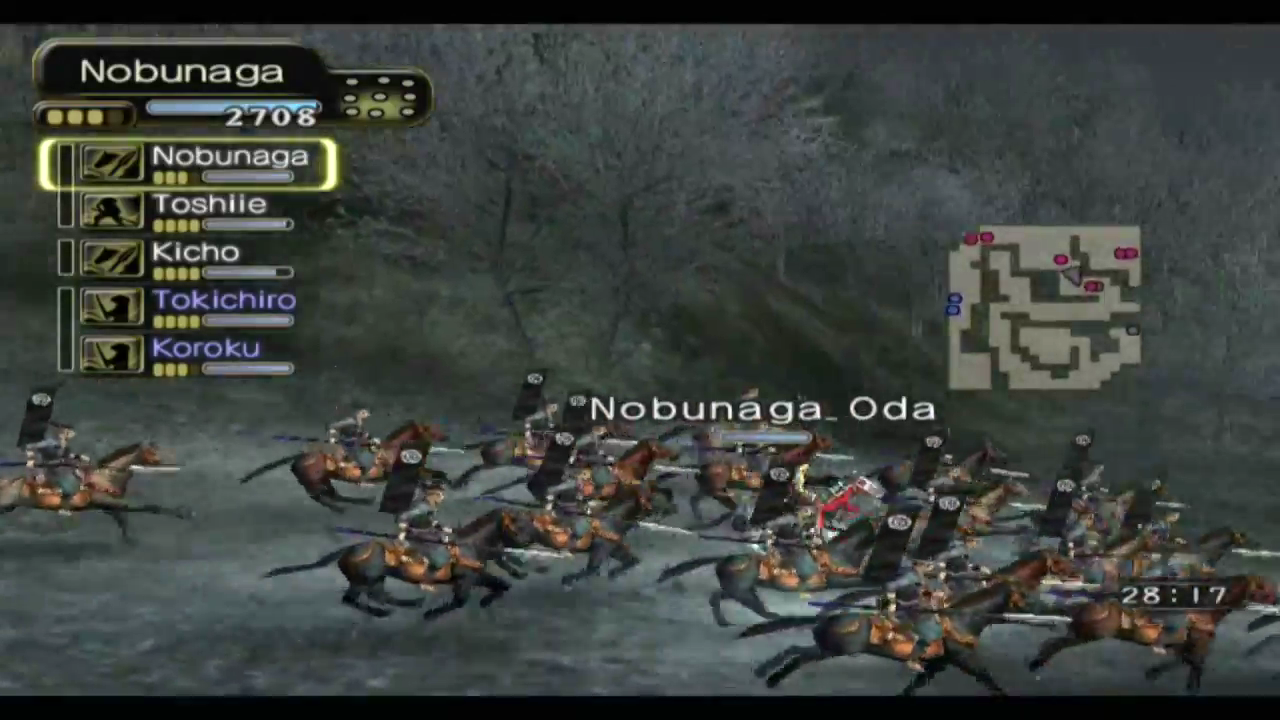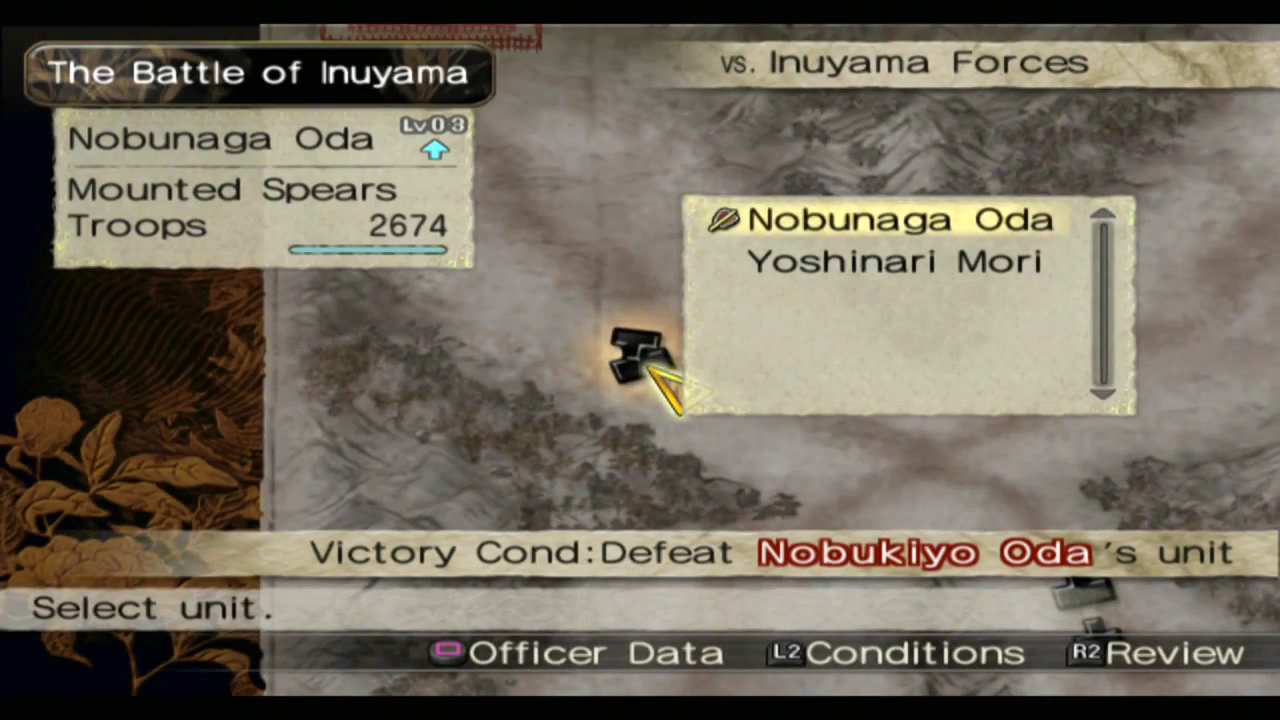

We describe two generalizations of this automaton, the second of which, to multiple interacting particles, is the correct definition of a quantum lattice gas. This model is naturally reformulated as a two component cellular automaton which we demonstrate to limit to the Dirac equation. We find a one parameter family of evolution rules which are best interpreted as those for a one particle quantum automaton. After proving that there can be no nontrivial, homogeneous, local, unitary, scalar cellular automaton in one dimension, we weaken the homogeneity condition and show that there are nontrivial, exactly unitary, partitioning cellular automata. Motivated by this observation, in this paper we begin an investigation of exactly unitary cellular automata. We include numerical evidence that our two games, similar to theirs, exhibit a Parrondo type paradox.Ī natural architecture for nanoscale quantum computation is that of a quantum cellular automaton. With our analytical tools at hand we can easily explore the "phase space" of parameters of one of the games, similar to the winning game in their papers. Benjamin by means of very nice numerical simulations.

The theorems give an analytical tool to study some of the Parrondo type behavior in a quantum game which was studied by J. Our two results are given as limit theorems for a 2-period time-dependent walk and they describe the location of the walker after it has repeated the unitary process a large number of times. The quantum walker exhibits both localization and a ballistic behavior. We focus on finding the limit probability law for the position of the walker and study it by means of Fourier analysis. The time evolution is described by a unitary process. A quantum walker moves on the integers with four extra degrees of freedom, performing a coin-shift operation to alter its internal state and position at discrete units of time.


 0 kommentar(er)
0 kommentar(er)
